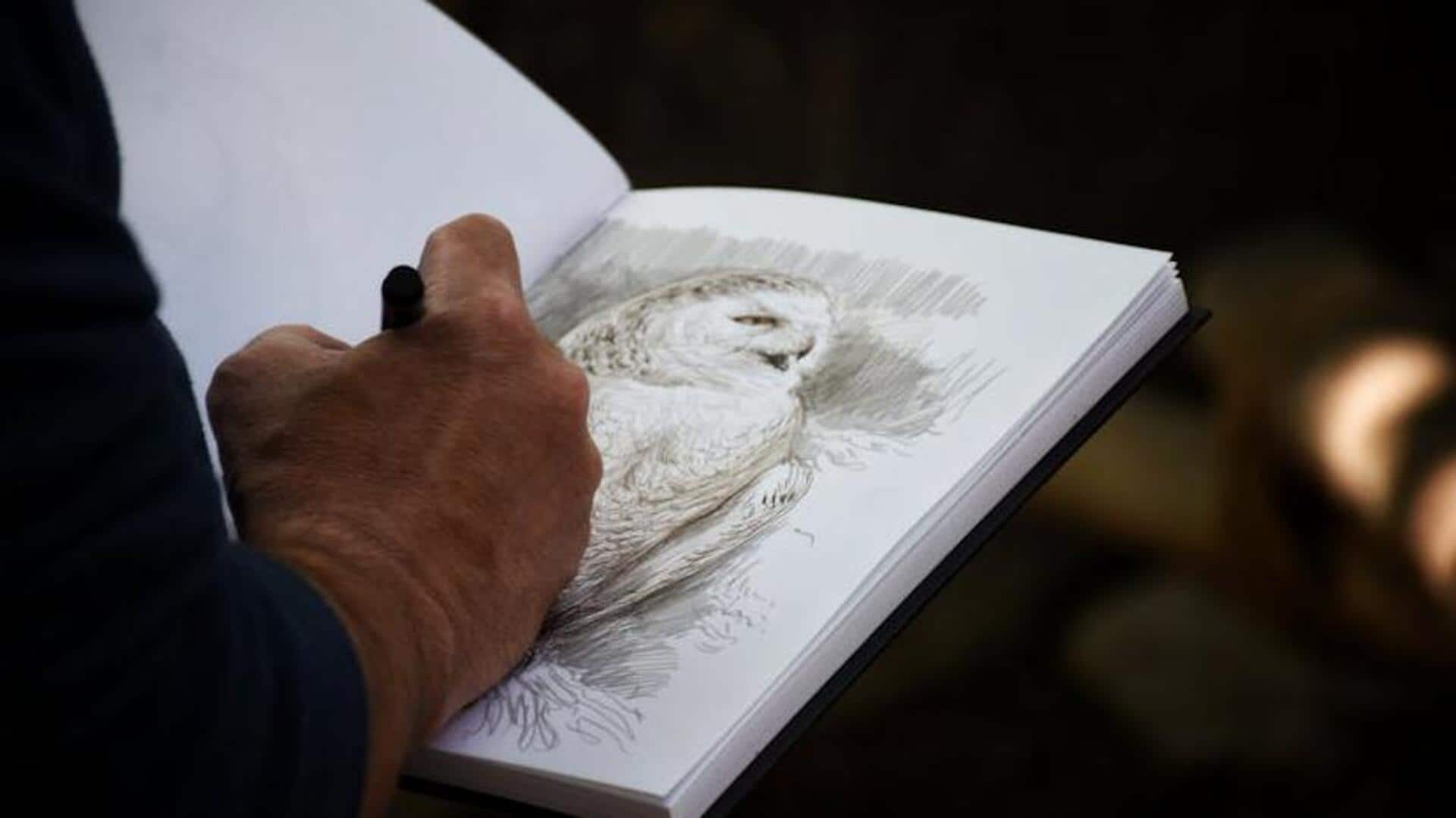
Celebrating the world's most coveted wildlife sketch artists
What's the story
This article delves into the world of wildlife sketch artists, whose keen eyes and deft hands bring nature's fleeting moments to life.
Armed with pencils and brushes, they illuminate Earth's biodiversity, championing the beauty of wildlife while fostering conservation.
Their art inspires and empowers us to protect nature's stage, echoing a deep reverence for the rhythm of life.
Process
The artistic process unveiled
Wildlife sketch artists start with research, studying the behavior and environment of the animals they want to draw.
They either watch documentaries or visit reserves, and then sketch out their observations, with a focus on accuracy and style.
This process highlights not only artistic talent but also a deep appreciation for nature.
Tools
Tools of the trade
The right tools can make a huge difference in your wildlife sketches.
Graphite pencils are a favorite among artists for detail work, while charcoal or pastels are great for textures and shadows.
Invest in good-quality paper that can handle lots of erasing and layering without ripping.
Digital art is becoming more popular too. It offers unlimited textures, colors, and effects, and it's easier to fix mistakes.
Conservation
Conservation through art
Wildlife sketch artists contribute significantly to conservation by fostering awareness and empathy through their art.
Many partner with environmental NGOs to produce educational materials or donate artwork for auctions, raising crucial funds for wildlife protection initiatives.
By capturing the beauty and vulnerability of endangered species, they inspire viewers to take action. Hence, art becomes a potent weapon against habitat destruction and animal extinction.
Tips
Tips for aspiring wildlife sketch artists
If you're interested in wildlife sketching, start with familiar subjects before attempting complex scenes.
Regular practice hones observation skills, essential for depicting lifelike details.
Participate in workshops or join online communities to receive constructive criticism and draw inspiration from fellow artists.
Discerning whether your passion lies in art or conservation will guide your path to making significant contributions in either field.